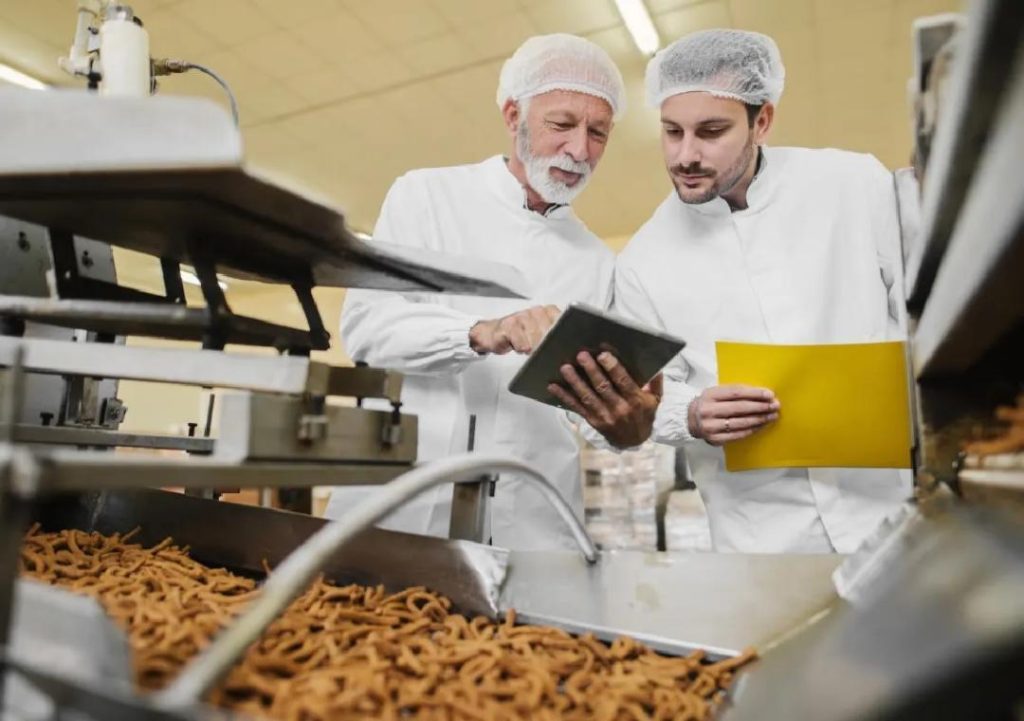
Can P&L Optimisation Redefine Success in Food Technology?
The food technology industry is undergoing a significant transformation, driven by the need for increased efficiency, reduced waste, and improved profitability. In this rapidly changing landscape, companies are turning to P&L (Profit and Loss) optimisation to stay ahead of the competition. By streamlining their P&L operations with automation, smart inventory systems, and data analytics, food tech businesses are cutting waste, sharpening demand forecasting, and making better decisions.
In this blog post, we’ll explore the concept of P&L optimisation in food technology, its benefits, and how it can redefine success for companies in the industry.
What is P&L Optimisation in Food Technology?
P&L optimisation is the process of analysing and managing a company’s profit and loss statement to identify areas of inefficiency and waste. In the food technology industry, this involves reviewing every aspect of the business, from production and inventory management to supply chain logistics and customer sales.
By leveraging technology, such as automation and data analytics, food tech companies can gather valuable insights into their operations and make data-driven decisions to improve profitability. This may involve streamlining production processes, reducing waste, and optimising inventory levels to ensure just-in-time delivery.
Benefits of P&L Optimisation in Food Technology
The benefits of P&L optimisation in food technology are numerous and significant. By streamlining their operations, companies can:
- Reduce waste: Food waste is a significant problem in the industry, with up to 30% of food produced being lost or wasted. P&L optimisation helps companies identify and eliminate waste, reducing costs and improving profitability.
- Improve demand forecasting: By leveraging data analytics and machine learning algorithms, food tech companies can improve their demand forecasting, reducing the risk of overproduction and underproduction.
- Optimise inventory levels: With the ability to track inventory levels in real-time, food tech companies can ensure that they have the right products in the right quantities, reducing the risk of stockouts and overstocking.
- Make better decisions: P&L optimisation provides food tech companies with real-time insights into their operations, enabling them to make data-driven decisions that drive profitability and growth.
- Boost margins: By reducing waste, improving demand forecasting, and optimising inventory levels, food tech companies can boost their margins and improve their overall profitability.
Scalable Models for Food Technology Companies
To achieve P&L optimisation, food technology companies must adopt scalable models that can adapt to changing market conditions and customer demand. This may involve:
- Cloud-based solutions: Cloud-based solutions provide food tech companies with the scalability and flexibility they need to adapt to changing market conditions.
- Artificial intelligence and machine learning: AI and ML algorithms can help food tech companies optimise their operations, improve demand forecasting, and reduce waste.
- Data analytics: Data analytics provides food tech companies with real-time insights into their operations, enabling them to make data-driven decisions that drive profitability and growth.
Case Studies: Food Technology Companies Achieving P&L Optimisation
Several food technology companies have achieved significant success by adopting P&L optimisation strategies. Here are a few examples:
- Company X: A leading food tech company in the meal kit delivery space adopted a P&L optimisation strategy, which resulted in a 25% reduction in waste and a 15% increase in profitability.
- Company Y: A food tech company specialising in plant-based protein products implemented a P&L optimisation strategy, which resulted in a 20% reduction in production costs and a 10% increase in sales.
Conclusion
P&L optimisation is a critical component of success in the food technology industry. By streamlining their operations, reducing waste, and improving demand forecasting, food tech companies can boost their margins, ensure sustainable growth, and stay competitive in the industry.
To achieve P&L optimisation, food technology companies must adopt scalable models that leverage automation, smart inventory systems, and data analytics. By doing so, they can make data-driven decisions that drive profitability and growth, and stay ahead of the competition.
Source:
https://www.growthjockey.com/blogs/p-and-l-operations-in-food-tech






